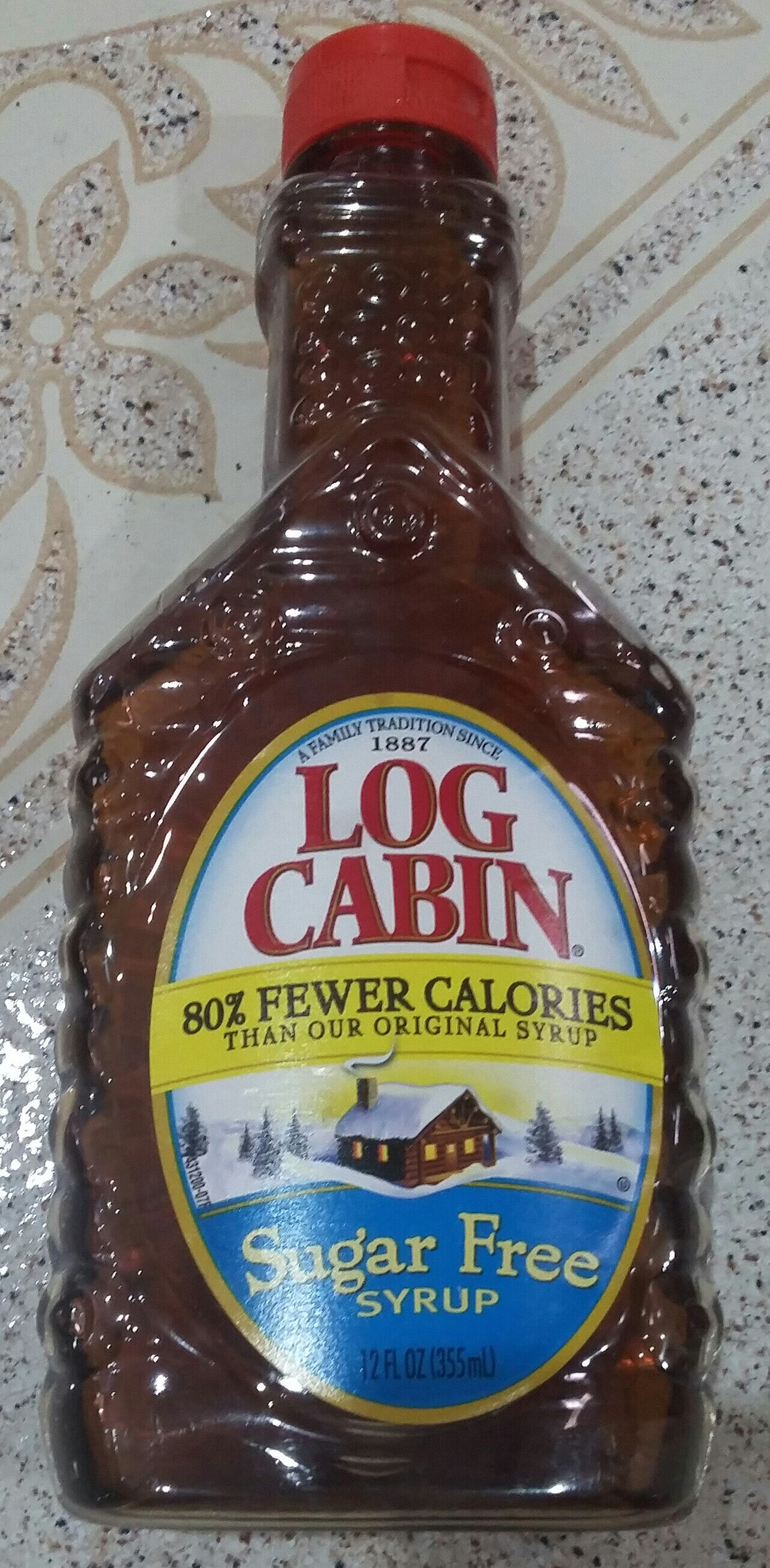Sugar Free Syrup - Log Cabin - 12 oz (355 ml)
This product page is not complete. You can help to complete it by editing it and adding more data from the photos we have, or by taking more photos using the app for Android or iPhone/iPad. Thank you!
×
Barcode: 0043000001202 (EAN / EAN-13) 043000001202 (UPC / UPC-A)
Quantity: 12 oz (355 ml)
Brands: Log Cabin
Categories: Sweeteners, Syrups, Simple syrups
Labels, certifications, awards:
Low or no sugar, Kosher, No sugar, Orthodox Union Kosher
Origin of ingredients: United States
Manufacturing or processing places: Estados Unidos
Stores: Automercado, Farmacorp
Countries where sold: Bolivia, Costa Rica, United States
Matching with your preferences
Environment
Packaging
Transportation
Report a problem
Data sources
Product added on by usda-ndb-import
Last edit of product page on by 5m4u9.
Product page also edited by fixbot, lizzbu, openfoodfacts-contributors, yuka.WFlZN1FZZ0xvdDgzaHNBbTNEZlQ0OTFFeVoySVpIcnROTFlUSWc9PQ.







